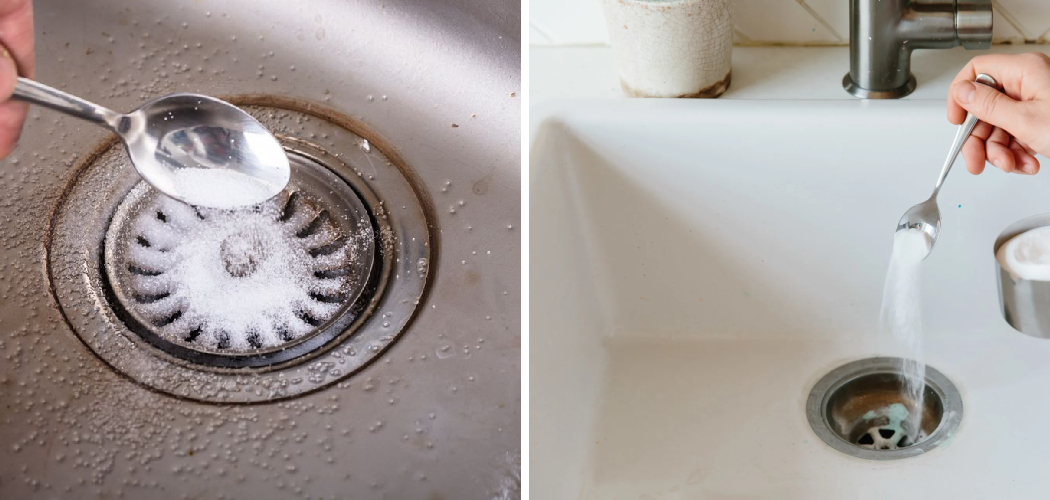Dealing with unpleasant odors emanating from the kitchen drain can be a frustrating and off-putting experience. However, there are several effective methods to combat and eliminate these odors, restoring freshness to your kitchen environment.
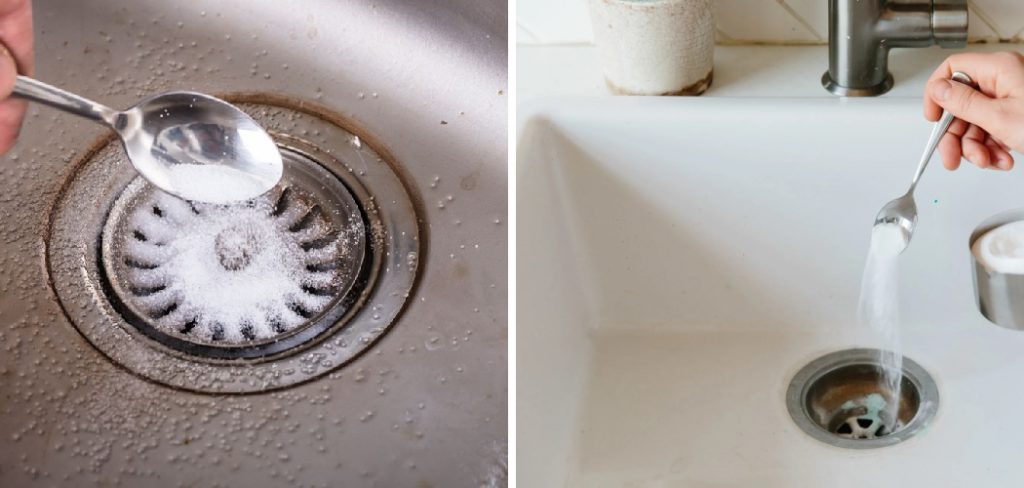
In this article, we’ll explore various techniques and remedies to make your kitchen drain smell better. From simple household ingredients to specialized cleaning products and preventive measures, we’ll cover everything on how to make kitchen drain smell better.
By understanding the underlying causes of drain odors and implementing targeted solutions, you can enjoy a clean and fresh-smelling kitchen without the worry of unpleasant smells lingering in the air. Say goodbye to kitchen drain odors and hello to a more inviting culinary space.
Importance of Maintaining a Pleasant-Smelling Kitchen Drain
Maintaining a pleasant-smelling kitchen drain is crucial for several reasons. Firstly, a fresh-smelling kitchen contributes to an overall inviting and comfortable home environment, making cooking and dining experiences more enjoyable.
Secondly, foul odors from the drain can be indicative of underlying hygiene issues, such as the buildup of food particles, grease, and bacteria. Addressing these odors promptly not only improves air quality but also prevents potential health risks associated with bacteria and mold growth.
Additionally, regular maintenance of your kitchen drain can prevent clogs and plumbing issues, saving you time and money on costly repairs. By prioritizing the cleanliness and smell of your kitchen drain, you can foster a healthier and more pleasant living space for you and your family.
Common Causes of Unpleasant Odors in the Kitchen
Understanding the common causes of unpleasant odors in your kitchen drain can help you tackle the issue more effectively. Here are some typical culprits behind those bad smells:
- Food Particles: Bits of food that get washed down the drain can become stuck in the pipes and start to decompose over time, releasing foul odors.
- Grease and Fat Buildup: When grease, oils, and fats are poured down the drain, they can solidify and accumulate on the walls of the pipes, leading to unpleasant smells and potential clogs.
- Bacterial Growth: The dark, damp environment of your kitchen drain is an ideal breeding ground for bacteria. As these microorganisms multiply, they can produce nasty odors.
- Sewer Gas: Sometimes, odors can seep back up from the sewer lines if there’s an issue with the plumbing system, such as a dry P-trap or a crack in the pipe.
- Mold and Mildew: The constant moisture in your drain can also cause mold and mildew to grow, contributing to musty smells.
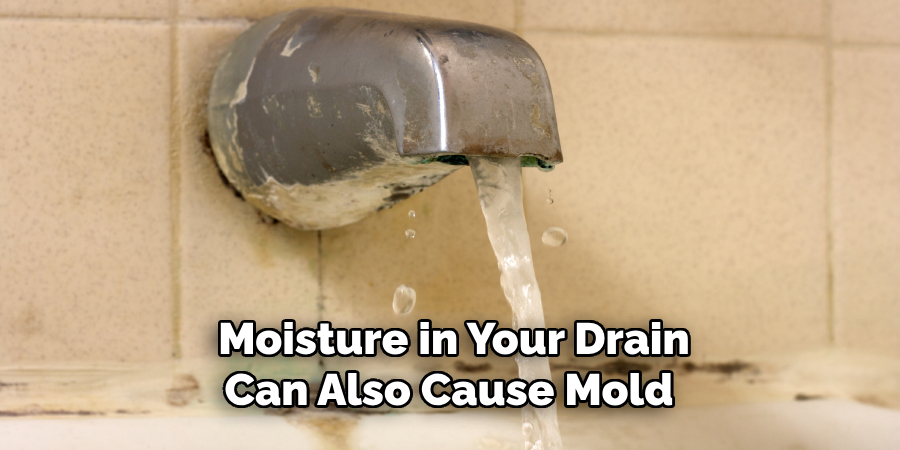
By identifying the source of the odor, you can implement more targeted and effective solutions to keep your kitchen smelling fresh.
Accumulation of Food Residue and Organic Matter
The accumulation of food residue and organic matter in your kitchen drain is a common contributor to unpleasant odors. Every time you wash dishes, rinse vegetables, or discard leftovers down the sink, tiny bits of food and organic debris can get trapped in the drainpipes.
Over time, these particles can build up, creating an ideal environment for bacteria and mold to thrive. As these microorganisms break down the organic matter, they release gases that result in foul odors.
Regularly cleaning your kitchen drain can help prevent the buildup of food residue and organic matter. Simple practices, like thoroughly scraping food scraps into the trash before washing dishes and using sink strainers to catch larger particles, can make a significant difference.
Additionally, periodic deep cleaning of the drain using natural methods—such as baking soda and vinegar—can help to dislodge and dissolve any accumulated debris, keeping your kitchen smelling fresh and hygienic.
Growth of Bacteria and Mold in Damp Environments
Damp environments, such as your kitchen drain, provide the perfect breeding ground for bacteria and mold.
These microorganisms thrive in the dark, moist conditions found in drainpipes, where food residues and organic matter serve as ample food sources. As bacteria and mold proliferate, they break down the organic material, releasing gases that contribute to the foul odors emanating from your drain.

To combat the growth of bacteria and mold, it’s essential to maintain a dry and clean environment within your drain. Regularly flushing your drain with hot water can help to clear away any accumulated moisture and reduce the damp conditions that foster microbial growth.
Using a mixture of baking soda and vinegar can not only clean your drain but also create an inhospitable environment for bacteria and mold. Additionally, commercial disinfectants and enzymatic cleaners designed for kitchen drains can offer targeted solutions to eliminate these microorganisms and their odors effectively.
Initial Assessment and Identification of Odor Source
Before diving into solutions, it is crucial to perform an initial assessment to identify the source of the unpleasant odor emanating from your kitchen drain. This process involves a few simple steps and observations:

- Visual Inspection: Begin by examining the area around the sink, including the drain opening and any visible pipework. Look for obvious signs of food residue, grease buildup, mold, or mildew. Any visible deposits may provide clues to the source of the odor.
- Smell Test: To locate the precise source of the bad smell, lean closer to the drain and take a cautious sniff. It’s important to determine whether the odor is stronger directly at the drain opening or if it’s coming from further down the pipes or under the sink.
- Check for Standing Water: Inspect the sink and the drain for any standing water or slow drainage, as stagnant water can harbor bacteria and produce foul smells. Ensure the P-trap, a U-shaped bend in the pipe under the sink, is holding water to block sewer gases from entering your home.
- Examine Under the Sink: Open the cabinet below the sink and check for leaks or dampness around the pipes. Leaks can lead to mold growth, contributing to bad odors. Also, examine the garbage disposal unit, if you have one, as it can also be a source of trapped food particles and grease.
- Consider Usage Patterns: Reflect on your kitchen habits and recent activities. Have you been discarding a lot of food waste, grease, or oil down the drain? Identifying recent changes in usage can help pinpoint the root cause of the odor.
Identifying the Type and Intensity of the Odor
Understanding the type and intensity of the odor emanating from your kitchen drain can provide valuable insights into its source and the best methods for remediation.
Different types of odors can indicate various underlying issues, and assessing the strength of the smell can help gauge the severity of the problem. Here are some points to consider when evaluating the nature of the odor:
- Type of Odor:
- Rotten Egg Smell: This sulfuric odor often points to the presence of hydrogen sulfide gas, which is typically produced by decaying organic matter and bacteria in the drain or sewer system.
- Musty or Moldy Smell: A musty odor is frequently associated with mold and mildew growth. This smell suggests a consistently damp environment, likely caused by leaks or poor drainage.
- Sewage Smell: If the odor resembles sewage or waste, it may be indicative of a problem with the drainage system, such as a dry P-trap allowing sewer gases to escape, or a blockage down the line.
- Chemical or Metallic Smell: Unusual chemical or metallic odors may result from cleaning agents, solvents, or industrial contaminants entering the drain system.

- Intensity of Odor:
- Mild: A faint odor often suggests a minor buildup of food particles or grease, which can usually be addressed with regular cleaning and maintenance.
- Moderate: A stronger smell might indicate more significant bacterial or mold growth, requiring thorough cleaning and possibly the use of specialized cleaning agents.
- Strong: A pervasive and strong odor suggests a serious issue, such as a major blockage, extensive mold growth, or a broken pipe. This level of intensity often necessitates professional intervention to properly diagnose and resolve the problem.
By carefully analyzing the type and intensity of the odor, you can better understand the root cause and determine the most effective remediation steps. Accurately identifying these factors will assist in selecting appropriate cleaning methods and, if necessary, seeking professional help to ensure a healthy and odor-free kitchen environment.
Basic Cleaning and Maintenance Techniques
Maintaining a clean and odor-free kitchen drain involves adopting regular cleaning and maintenance practices. Implementing these straightforward techniques can help prevent the buildup of food particles, grease, and bacteria, ensuring your drain functions efficiently and remains fresh. Here are some essential steps to follow:
- Hot Water Flush:

Regularly flushing your drain with hot water can help dislodge minor clogs and wash away grease and debris. Simply boil a pot of water and carefully pour it down the drain once or twice a week. This basic step can prevent buildup and reduce foul odors.
- Baking Soda and Vinegar:
A natural and efficient cleaning solution can be created using baking soda and vinegar. Begin by pouring half a cup of baking soda down the drain, followed by half a cup of white vinegar. Allow the mixture to fizz and work its magic for about 15 minutes. Finally, flush the drain with hot water to clear the residues. This combination acts as a deodorizer and helps break down grease.
- Salt and Ice Cubes:
For garbage disposals, a mixture of coarse salt and ice cubes can be highly effective in removing stuck particles and sharpening the disposal blades. Simply pour a handful of salt and a few ice cubes into the disposal, then run cold water while turning on the disposal for a few seconds. This abrasive action can clean the disposal and eliminate odors.
- Lemon Peels:
Freshen up your drain naturally by using lemon peels. Cut a lemon into small pieces and drop the peels into the drain or garbage disposal. Run cold water and turn on the disposal to grind the peels. Lemon naturally deodorizes and leaves a pleasant scent.
- Enzymatic Cleaners:
Enzymatic drain cleaners are commercially available and contain beneficial bacteria that break down organic matter. These cleaners are safe for regular use and highly effective at maintaining a clean drain environment. Follow the product instructions for the best results.
10 Methods How to Make Kitchen Drain Smell Better
1. Boiling Water Flush
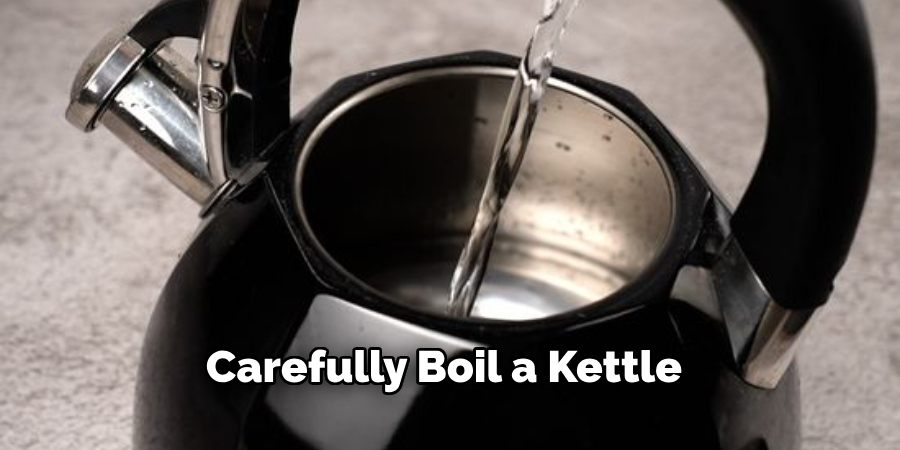
Pouring boiling water down the kitchen drain is one of the simplest and most effective methods for eliminating odors. Boiling water helps to dislodge and wash away food particles, grease, and bacteria that may be causing the smell. Carefully boil a kettle or pot of water and pour it down the drain in a slow, steady stream. Repeat this process regularly to keep the drain clean and odor-free.
2. Baking Soda and Vinegar Treatment
A combination of baking soda and vinegar can help break down organic matter and neutralize odors in the kitchen drain. Start by pouring half a cup of baking soda down the drain, followed by a cup of vinegar. Allow the mixture to fizz and bubble for a few minutes, then flush the drain with hot water. This natural remedy helps to clean and deodorize the drain without harsh chemicals.
3. Citrus Peels
Citrus peels, such as lemon, lime, or orange, contain natural oils that can help freshen the kitchen drain and mask unpleasant odors. Simply toss a few citrus peels down the drain and run cold water to grind them up. The citrus oils will release a refreshing scent as they are broken down, leaving the drain smelling clean and citrus-fresh.
4. Salt and Ice Cubes
A mixture of salt and ice cubes can help scrub away grease and debris from the kitchen drain while also eliminating odors. Pour a cup of coarse salt down the drain, followed by a handful of ice cubes. Run cold water and turn on the garbage disposal to grind up the ice and salt mixture. The abrasive action of the salt and ice helps to clean the drain and remove buildup that may be causing odors.
5. Borax Solution
Borax, a natural mineral compound, is known for its cleaning and deodorizing properties. Dissolve half a cup of borax in a gallon of hot water and pour it down the kitchen drain. Let the solution sit for at least an hour, then flush the drain with hot water. Borax helps to break down grease and grime while neutralizing odors, leaving the drain smelling fresh and clean.
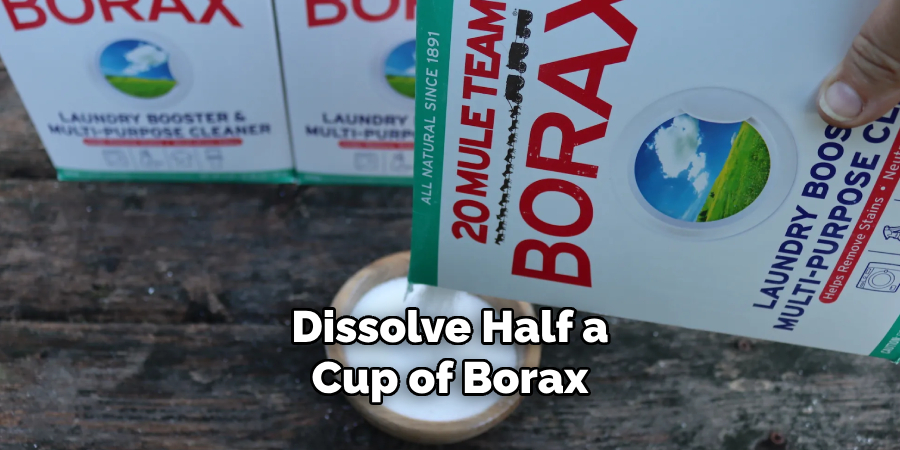
6. Enzyme Cleaners
Enzyme-based drain cleaners are designed to break down organic matter, such as food particles and grease, that can cause foul odors in the kitchen drain. Pour a commercial enzyme cleaner down the drain according to the manufacturer’s instructions, then let it sit for several hours or overnight. Flush the drain with hot water to rinse away any remaining residue and odor-causing bacteria.
7. Activated Charcoal
Activated charcoal is highly absorbent and can help absorb and neutralize odors in the kitchen drain. Place a few activated charcoal briquettes or capsules in a mesh bag or cheesecloth and hang it in the drain overnight. The charcoal will absorb odors and leave the drain smelling fresh. Replace the charcoal regularly to maintain its effectiveness.
8. Hot Vinegar Soak
Soaking the drain in hot vinegar can help dissolve grease and grime while neutralizing odors. Heat a pot of vinegar on the stove until it reaches a simmer, then pour it down the drain. Let the vinegar soak in the drain for at least 30 minutes, then flush with hot water. The acidic properties of vinegar help to break down organic matter and eliminate odors.
9. Essential Oils
Essential oils, such as tea tree oil, lavender oil, or peppermint oil, can be used to add a pleasant scent to the kitchen drain while also helping to kill odor-causing bacteria. Mix a few drops of essential oil with a carrier oil, such as olive oil or coconut oil, and pour it down the drain. Alternatively, add a few drops of essential oil to a spray bottle filled with water and mist the drain area regularly.
10. Regular Cleaning and Maintenance
Preventing odors in the kitchen drain starts with regular cleaning and maintenance. Avoid pouring grease, oil, or food scraps down the drain, as these can lead to buildup and odors over time. Instead, scrape food residue into the trash and use a sink strainer to catch any remaining particles. Clean the drain regularly using one of the methods mentioned above to keep it smelling fresh and clean.
Conclusion
Maintaining a fresh and odor-free kitchen drain is essential for a pleasant and hygienic kitchen environment.
By regularly applying simple and effective methods such as boiling water flushes, baking soda and vinegar treatments, and incorporating natural deodorizing agents like citrus peels and essential oils, you can easily manage and prevent unpleasant smells.
Additionally, routine upkeep, including cleaning the P-trap and using enzymatic cleaners, ensures the longevity and efficiency of your drainage system. Implementing these practices not only contributes to a more enjoyable cooking space but also promotes overall kitchen cleanliness and health.
Thanks for reading, and we hope this has given you some inspiration on how to make kitchen drain smell better!
